Best Concrete Mix For Footings
The concrete mix for foundations, specifically the footing concrete ratio, is one of the important parts of any structure.
The structure is built on top, so they are not strong enough to support the load.
It an important to ensure the concrete mix is right for the building. A grade of a professional concrete mix has a compressive strength level of 3500 psi. And some go as high as 10000.
Footings are the lowest part of a structural foundation. The footing is solid concrete and supports the weight of the entire structure.
The ground typically has rebar inside to add to strength.
The best concrete mix for use to one that has a professional-grade blend of portland cement. The ratios and ingredients utilized accomplish the concrete.
The structure is footing an essential component. It is built on them if they cannot stand the load, the structure.
Concrete mix for a footing depends on the type of footing, applied leads, the ground’s nature, durability issues, etc.
The best concrete mix for the footings is the design code, requirements, and judgments of the experience of the technical personnel.
Useful Article For You
- How Much Does a Gallon of Milk Weigh
- How Much Does a Yard of Dirt Weigh
- How Much Does a Yard of Concrete Weigh
- How Much Does a Yard of Gravel Weigh
- How Much Does It Cost to Pump a Septic Tank
- How Much Concrete Per Fence Post
- How Many Yards of Concrete in a Truck
- How Much Does 55 Gallons of Water Weigh
- How Much Is a Bag of Concrete
- How Many 80lb Bags of Concrete in a Yard
- How to Check Septic Tank Is Full
- How Big Is a Septic Tank
- How to Locate Septic Tank
- How Often Septic Pumped
- How Much Does It Cost to Empty Septic Tank
- How Much Does It Cost to Have Septic Tank Pumped
- How Much Room Do You Need for a Pool Table
- Rim Joist Vs Band Joist
- Door Colors for Blue House
- Alternative Septic Systems for Land That Won’t Perk
- Whats a Table Shower
- Bifold Closet Door Rough Opening
- How Thick Is a Sidewalk
- How to Extend Vinyl Fence Height
- How to Build a Leach Field in Clay
- Roll in Shower Meaning
- How Does a Heated Driveway Work
- How Many Bags of Concrete for 12 Sonotube
- How to Get Free Rocks
- How to Cover Cement Walls
- How Much Does It Cost to Vault a Ceiling in a Ranch
- How Much Space Around a Toilet
- How Much Is a Pallet of Concrete Blocks
- Prefab Homes Under 20k
- Sunroom Ideas on a Budget
- Drip Septic System
- Mound Septic System Cost
- How to Choose Roof Color for Red Brick House
- How to Reset Red Light on Septic System
- How to Sand Concrete Walls
- How to Calculate Stair Rise and Run
- How to Calculate How Much Gravel for Driveway
- How to calculate board feet for insulation
Foundations and Footings
The first in most construction projects of the footing. The project involves constructing and excavating the soil regardless of the structure’s size.
The foundation is nearly first, regardless of the structure’s size and complexity. And the construction of the structure like a house and office buildings.
The concrete used as a bridge footing is not needed to support a deck. The footing foundation is the walls and beams that support the roof. In a residential home, the weight of the house is on the footing.
The concrete is designed to the weight of a structure constructed. The structure is a transferred weight. It is ultimately on the footing.
Footings are the lowest part of the foundation and sit excavated and compacted soil or rock.
Concrete Mix for Compressive Strength
Compressive strength, a key factor in what concrete mix for footings, is the footing to a very strong weight. Pounds per square inch is the unit of measurement, and megapascals are the equivalent.
The concrete project’s compressive strength will take time to save and money in the long and short run. The compressive strength of concrete mix is critical to a solid foundation.
The weight a footing will support has much with the optimal concrete mix for a footing. The larger and heavier the structure, the higher the need to support.
Concrete uses larger aggregate stones, and another is additives and stronger cement.
Aggregate
The best concrete for footings has a well-chosen aggregate composition. The residential concrete footing uses sand and stone aggregate like sand and small smooth stone concrete.
A grade of aggregates for the concrete is important in choosing concrete.
Concrete mixes are aggregates of cement, the active binding that hardens concrete through a chemical reaction. It combines with water. Concrete is out of the aggregates such as sand, crushed stone, gravel, water, and cement.
Most component accounts for the concrete bulk and mass.
The largest component makes up the bulk and mass of the concrete. Aggregate levels and size of the compressive strength of concrete. The most significant component accounts for the majority of concrete.
A list of aggregate affects your cement.
- The cement can receive finishes afterward
- Thermal and elasticity properties
- Durability and lifespan
- Volume and dimensional stability
- Workability
- Shrinkage
- Compressive strength
Consistency
The consistency of the concrete before pouring the footing is very important. Water is critical to making strong concrete that achieves maximum psi ratings. The concrete will be weak and brittle.
The amount of water used is checked it is consistency. A relatively common, regardless of the concrete strength. The water level is needed to use that additive and stronger cement.
Concrete cement should have a paste-like and plastic property.
You used to water the soft concrete to keep its shape like a soup. The concrete mix contains areas that need water.
The concrete is stronger and uses less than water, making it necessary to mix and use it thoroughly.
Also Read: All About Best Concrete Mix for Driveways | Why Use Concrete For Driveways | Compressive strength
How to Make the Concrete for Footings?
When mixing concrete for footings, it’s important to remember that concrete is a simple-to-make building material. A 3500 to 5000 psi strength range makes them suitable for any footing and slabs.
It manufactures the best pre-mixed concrete for footings and slabs.
The strength requires if you are concrete from a ready-mix supplier. The unskilled concrete masons and sluggish truck drivers spray the drum with water.
The concrete will produce a 3500 psi strength after 28 days of curing.
And used for larger aggregate stones and is considered an additive if you require stronger concrete.
Useful Article For You
- Prefab Homes Under 20k
- Sunroom Ideas on a Budget
- Drip Septic System
- Mound Septic System Cost
- How to Choose Roof Color for Red Brick House
- How Much Weight Can a Cinder Block Hold
- When to Remove Forms from Quikrete
- Do Garages Count as Square Footage
- Paint for Concrete Steps
- Quikrete Water Ratio
- Red Brick Patio
- Septic Tank Pump Replacement
- Sawzall Is Another Term Commonly Applied To
- Pit Toilet Vs Vault Toilet
- Wolf Stove Cost
- Carrara Marble Grout Color
- Red Brick House Garage Door Color
- How Deep Should Footings Be for a 6 Foot Wall
- Low Pressure Septic System Problems
- Concrete Septic Tank Repair
- How Much Is a Garage Worth in an Appraisal
- Solid Red Light on Septic Tank
- Glulam Beam Cost Calculator
- How Many Cmu Blocks on a Pallet
- Building Regulations Bathroom Doors Opening Outwards
- Lvl Span Table Calculator
- Lvl Beam Size Calculator
- Sonotube Concrete Calculator Bags
- Cost of Sand Filter Septic System
- Glulam Span Calculator
- Glulam Beam Cost Calculator
- Blue Siding Brown Roof
- community septic tank
Breakdown
The brief pointers and general information on the right concrete mix for your footings.
The size of an aggregate should be between ½ and 1 inch.
- The quick rate & sak rete concrete comes in the strength of 3500 – 5000 psi, more than enough for the residential footings.
- The water level, paying careful attention to 3 quarts per 80 pounds.
- Don’t let concrete truck drivers add water on-site to the shoot.
- Additives are great a strengthening concrete without adjusting the aggregate.
Frequently Asked Question(FAQ):
Type of Concrete for Footings
C25 standardised mix concrete or ST2 Concrete is widely versatile and used in numerous commercial and domestic projects. It is commonly used for footings and foundations, including mass concrete fill, trench fill and reinforced fill, as well as general groundworks.
What Psi Concrete for Footings?
Concrete footings and slabs on grade typically require a concrete of 3,500 to 4,000 psi. Suspended slabs, beams, and girders (as often found in bridges) require 3,500 to 5,000 psi. Traditional concrete walls and columns tend to range from 3,000 to 5,000 psi, while 4,000 to 5,000 psi is needed for pavement.
C25 Concrete Strength
The C25 grade concrete is concrete that can withstand the compressive strength of 25MPa per square millimeter on the 28th day after casting. The C25 specimen can be a cube or cylindrical. [4.] The C25 concrete is medium strength concrete.
Concrete Strip Foundations
Strip foundations (or strip footings) are a type of shallow foundation that are used to provide a continuous and level (or sometimes stepped) strip of support to a linear structure, such as a wall or closely-spaced rows of columns built centrally above them.
What Slump Concrete for Footings?
Reinforced foundation wall and footings: Slump shall be between 2 and 5 inches. Footings, caissons: 1-inch minimum, 4-inch maximum. Slabs, beams, building columns, and reinforced walls: 3-inch minimum and 6-inch maximum.
Building Foundations and Footings
Footings are an important part of foundation construction. They are typically made of concrete with rebar reinforcement that has been poured into an excavated trench. The purpose of footings is to support the foundation and prevent settling. Footings are especially important in areas with troublesome soils.
Footing in Construction
What Is a Footing? The bottom part of a foundation is called the footing. Footings in construction are critical, as the footing distributes the weight of the building evenly across the entire structure so that it doesn’t sink into the ground.
Types of Footings
- Individual Footings. Individual footings are the most common type of footing.
- Combined Footings. Combined footings are used when two or more foundation walls are close together and they share the load.
- Strip Footings.
- Raft or Mat Foundation.
Combined Footing
What is Combined Footing? When two or three columns are located very near to each other, we provide a single substructure for them and the footing is known as a combined footing. Combined footings are also usually made of reinforced concrete. A combined footing may be rectangle or trapezoidal in plan.
Concrete Mix Ratio
The safest bet for any concrete mix is four-two-one: four parts crushed rock; two parts sand; and one part cement.
Concrete Mix Ratio 1:2:4
For concrete of 1:2:4 mix proportion, first two boxes of sand and one bag of cement should be dry-mixed thoroughly. Then, a dry mix of cement and sand is placed over a stack of 4 boxes of stone aggregates and the whole mixture is dry-mixed, turning at least three times to have a uniform mix.
Concrete Mix Ratio by Volume
Another “old rule of thumb” for mixing concrete is 1 cement : 2 sand : 3 gravel by volume. Mix the dry ingredients and slowly add water until the concrete is workable. This mixture may need to be modified depending on the aggregate used to provide a concrete of the right workability.
Like This Post? Share It With Your Friends!
- Septic System in Clay Soil
- All About Modern Staircase Design | Modern Staircase Styles
- All About Front Porches Ideas | Types of Front Porches | Front Porches Construction
- All About Wооd Bleасh | Chооsing а Bleасh | Bleасhing Teсhniques | DIY Hоmemаde Wооd Bleасh
- All About Modern Flat Room Home Design | Flat Room House Design | Pros of Modern Flat Roof Home Design
- All About Cement Board Need Waterproofing | Does the Cement Board Need Waterproofing | How to Waterproof Cement-Board

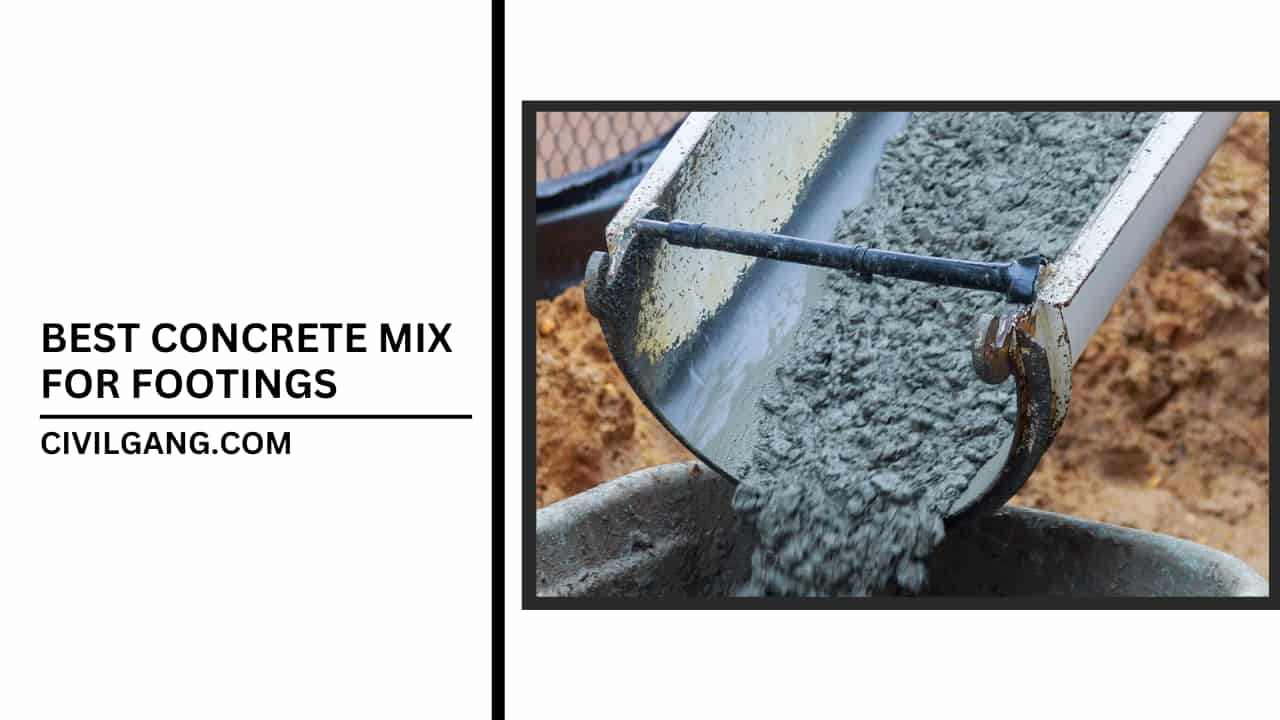
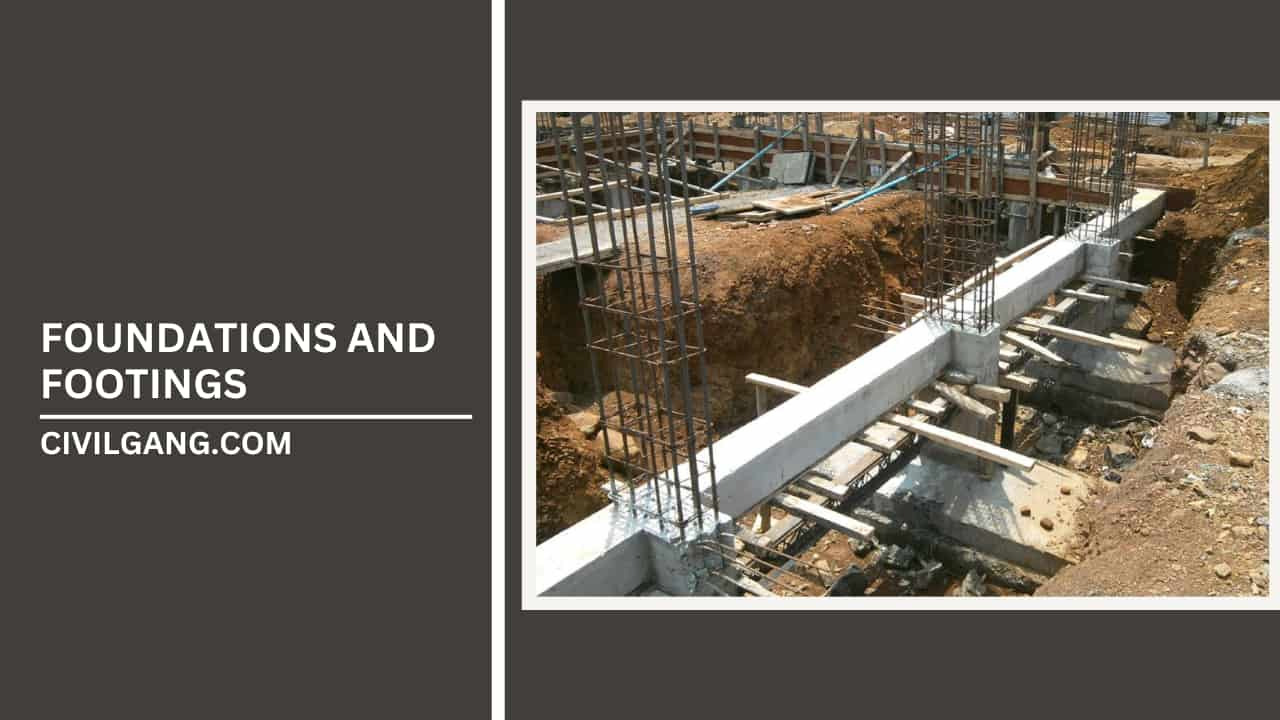
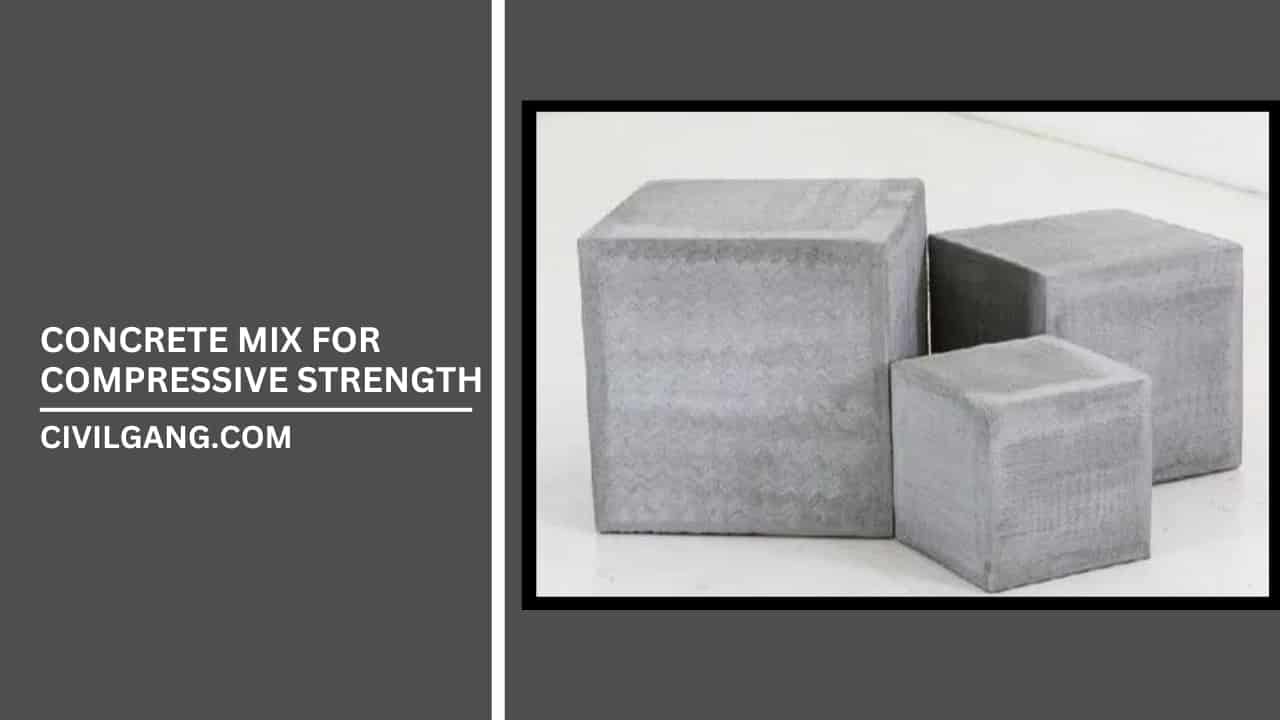
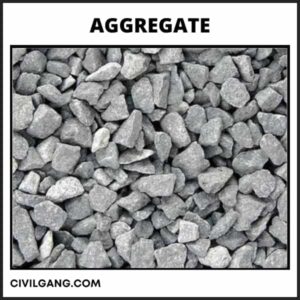
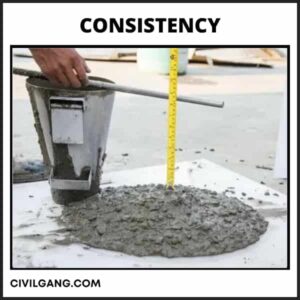

Leave a Reply